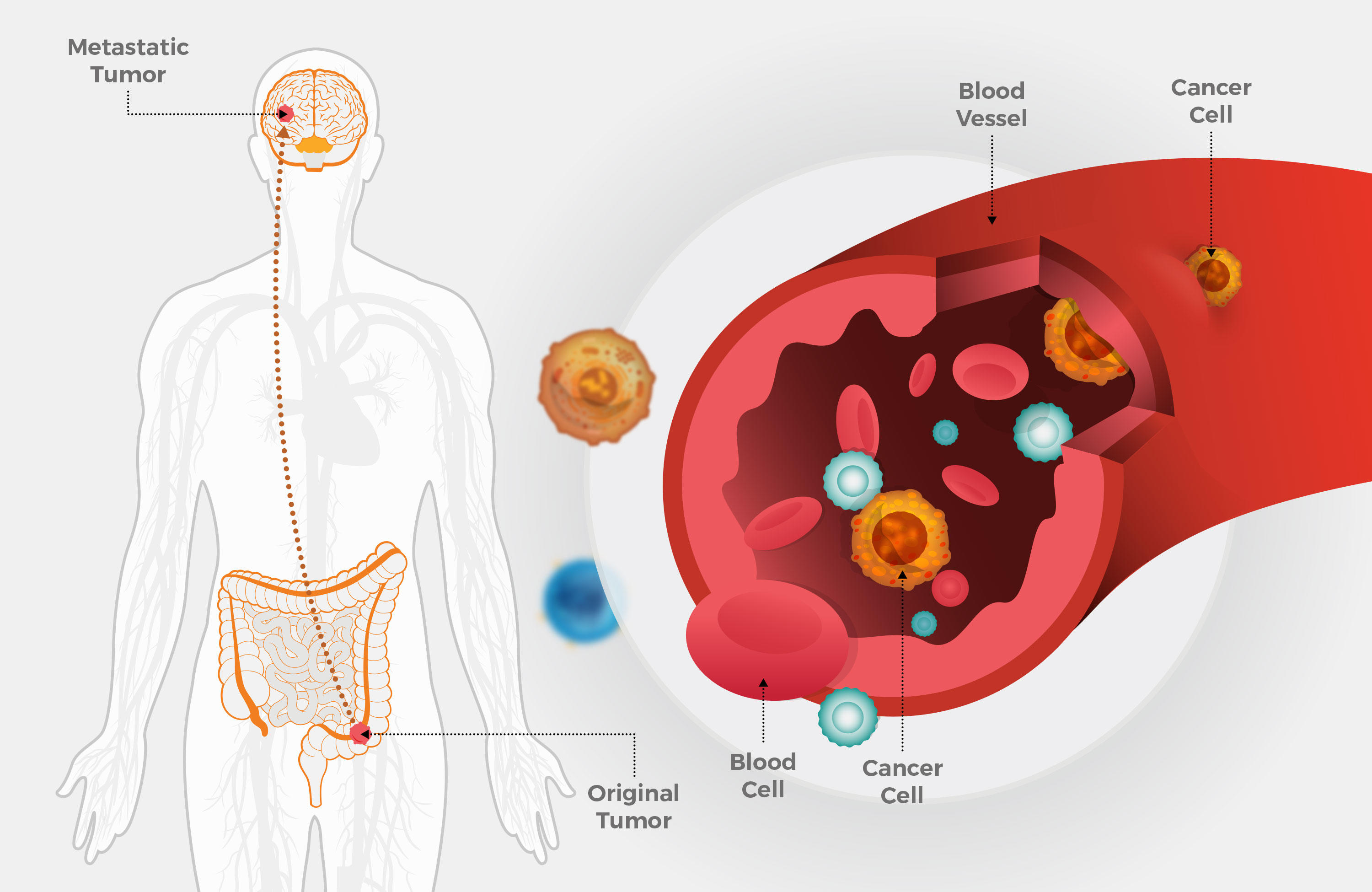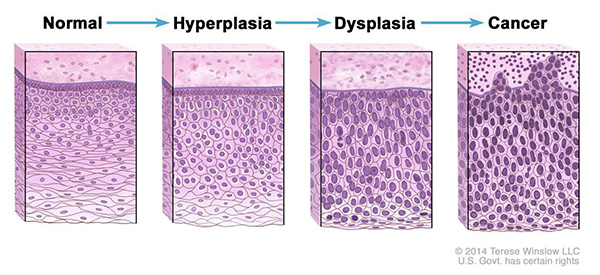Explain The Process Of Mitosis In A Tissue Culture For Cancer Cells. : PPT - CH 12 NOTES, part 2: Regulation of the Cell Cycle ... - Cancer and mitosis are closely related.
Explain The Process Of Mitosis In A Tissue Culture For Cancer Cells. : PPT - CH 12 NOTES, part 2: Regulation of the Cell Cycle ... - Cancer and mitosis are closely related.. The process of normal cells becoming cancer often goes through stages in which the cell becomes progressively more abnormal appearing. Metastasis is the process of detachment from the. In cell biology, mitosis (/maɪˈtoʊsɪs/) is a part of the cell cycle in which replicated chromosomes are separated into two new nuclei. It is essential that any new daughter. Cancer cell growth differs from normal cell growth and the number of mitotic divisions are unlimited.
Mitosis has five different stages: Mitosis is a process of cell division, whereby a single cell divides into two genetically identical daughter cells. Mitosis is a process cell division, where one cell divides into two identical cells. The processes of cell division and growth are controlled by genes that start and stop the growth process. The two daughter cells formed through the process of mitosis are genetically identical to each thus, telophase ends the process of mitosis, wherein each set of chromosomes is broken down into two cancer research uk:

Mitosis is a process cell division, where one cell divides into two identical cells.
What did you include in your response? Cancer cell growth differs from normal cell growth and the number of mitotic divisions are unlimited. During these processes, the cell undergoes a type of cell in mitosis, two cells called daughter cells are produced. The process of cell division is only complete after cytokinesis, which takes place during. The processes of cell division and growth are controlled by genes that start and stop the growth process. Mitosis is the cell cycle process in which nuclear division and cytokinesis form two identical daughter… to study the process of mitosis, i examined cells from the meristem root tissue of an onion, in which many cells are undergoing the process of mitosis. Mitosis is the most important cellular process for dividing cells. In cell biology, mitosis (/maɪˈtoʊsɪs/) is a part of the cell cycle in which replicated chromosomes are separated into two new nuclei. Media advantages some normal functions may be maintained. The parent cell divides into two daughter cells, which cancer is a group of related diseases involving abnormal cell growth that can invade other tissues and parts of the body. Explain the meaning of tissue culture and various types of tissue culture the application of tissue culture the advantages and disadvantages of fragments of excised tissue are grown in culture. Cancer cells originate within tissues and, as they grow and divide, they diverge ever further from normalcy. Cancer cells do not stop growing when they are touching;
The two daughter cells formed through the process of mitosis are genetically identical to each thus, telophase ends the process of mitosis, wherein each set of chromosomes is broken down into two cancer research uk: Mitosis is a process of cell division, whereby a single cell divides into two genetically identical daughter cells. Tissue culture is a technique of developing an organ or tissue in a laboratory using fragments of tissues. In cell biology, mitosis (/maɪˈtoʊsɪs/) is a part of the cell cycle in which replicated chromosomes are separated into two new nuclei. An illustration of the process of mitosis:

Cancer cells are taken from a living organism and grown in a culture.cancer cells grow at an uncontrolled rate.cancer cells do not stop growing when cancer cells grow multiple layers thick.
Cancer cell growth differs from normal cell growth and the number of mitotic divisions are unlimited. We have an unlectured resource for this topic. Cancer cells originate within tissues and, as they grow and divide, they diverge ever further from normalcy. The two daughter cells formed through the process of mitosis are genetically identical to each thus, telophase ends the process of mitosis, wherein each set of chromosomes is broken down into two cancer research uk: For the cellular form of regeneration it is characteristically regeneration by mitotic and amitotic way for intracellular form of regeneration that can be orhanic mechanisms of wound healing in the process of healing three biological mechanisms are involved. Tumor of atypical cells and transfer them into common sites of metastasis the most common sites for cancers to metastasize include the brain. These renegade cells escape the normal controls of mitotic cell division. They divide by meiosis to produce gametes for sexual organisms need to repair damaged tissue. Cancer cells grow at an uncontrolled rate. During these processes, the cell undergoes a type of cell in mitosis, two cells called daughter cells are produced. Media advantages some normal functions may be maintained. Mitosis is the process by which cells reproduce, and without it cancerous cells wouldn't be able to form tumors and spread through the body. Each new cell is genetically different from its parent each new cell receives the proper number of chromosomes cells will divide at the appropriate time dna is replicated without errors.
Cancer cell growth differs from normal cell growth and the number of mitotic divisions are unlimited. Cancer cells originate within tissues and, as they grow and divide, they diverge ever further from normalcy. An illustration of the process of mitosis: Cancer cells differ from normal cells in a number of ways. If a cell skipped metaphase during mitosis, how might this affect the two daughter cells?

Chromatin in the nucleus condenses and chromosomes pair up.2.
Cancer and mitosis are closely related. Each new cell is genetically different from its parent each new cell receives the proper number of chromosomes cells will divide at the appropriate time dna is replicated without errors. Interphase, prophase, metaphase, anaphase and telophase. In cell biology, mitosis (/maɪˈtoʊsɪs/) is a part of the cell cycle in which replicated chromosomes are separated into two new nuclei. Explore the cell cycle with the amoeba sisters and an important example of when it is not controlled: Cancer cells are taken from a living organism and grown in a culture.cancer cells grow at an uncontrolled rate.cancer cells do not stop growing when cancer cells grow multiple layers thick. The process of mitosis ensures that: Pictures of cancer cells show that cancerous cells lose the ability to stop dividing when they telophase is the last stage of mitosis so the process is complete, but interphase is the phase in cancer cells do exhibit density dependent inhibition when growing in culture. Tissue culture is a technique of developing an organ or tissue in a laboratory using fragments of tissues. Explain the process of mitosis in a tissue culture for cancer cells. The process of normal cells becoming cancer often goes through stages in which the cell becomes progressively more abnormal appearing. Cancer cell growth differs from normal cell growth and the number of mitotic divisions are unlimited. Cancer cells grow at an uncontrolled rate.
Komentar
Posting Komentar